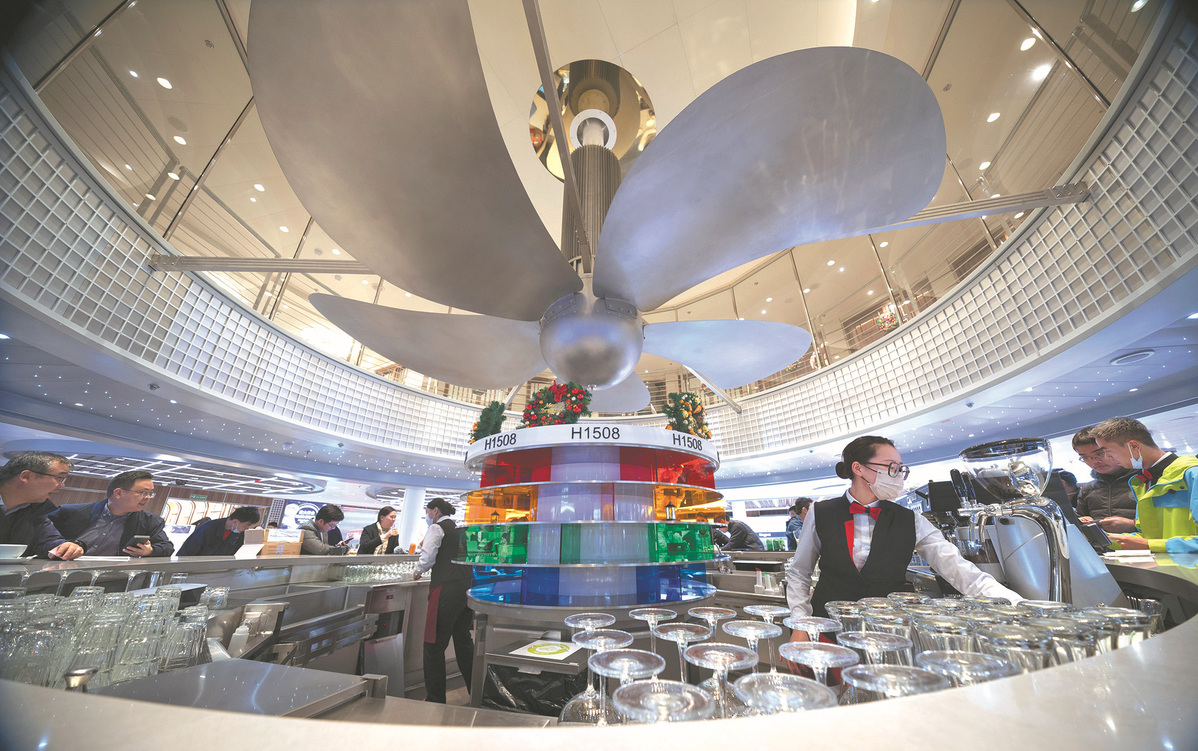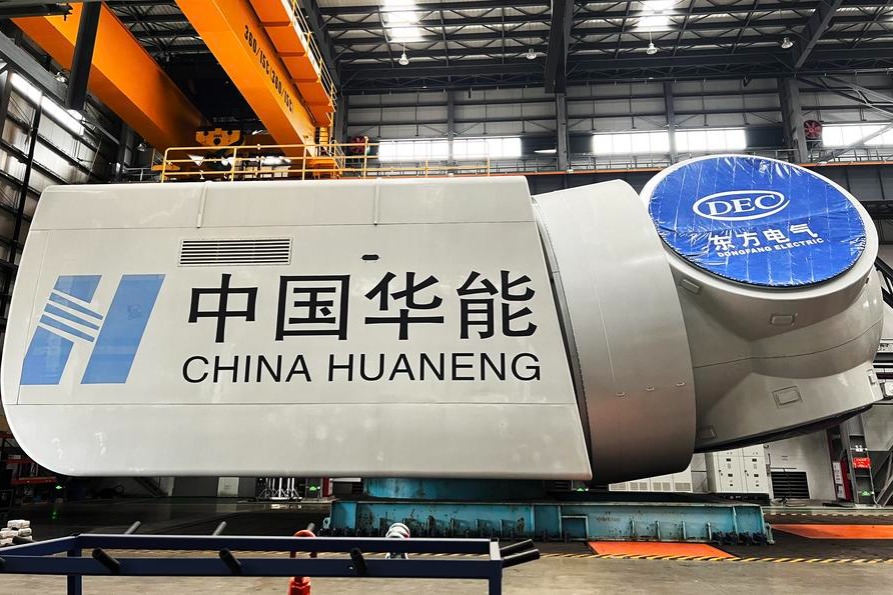Nation's shipbuilders chart exciting waters


Thorough checks
Lin Guolong, director of Shanghai Maritime University's Logistics Research Center, said cruise ships usually undergo two sea trials before receiving certificates from major international classification bodies. The first trial focuses on technical indicators, while the second tests the vessel's safety, comfort and emergency response capabilities.
Zhang Yuzhuo, chairman of the State-owned Assets Supervision and Administration Commission of the State Council, said the delivery of Adora Magic City marks a milestone in the nation's transformation to a shipbuilding power, and also a fresh start for China's goal of creating an industrial cruise ecosystem.
Wang Hong, president and professor of management at the China Europe International Business School, said, "The inaugural voyage of the China-built vessel represents not only a great breakthrough for the nation's high-end manufacturing techniques, but also for Chinese people's pursuit of and demand for a better life.
"The entire management operation for Adora Magic City incorporates everything people need onboard, including eating, drinking, entertainment and sightseeing, making the vessel a gigantic amusement park and mobile resort. Such a platform will surely become a new growth engine for consumption and the Chinese economy as a whole."
Despite the impact of the COVID-19 pandemic in recent years, Clarksons, the world's biggest shipping services provider, remains optimistic about the long-term outlook for the cruise market. It predicts that in 2028, the sector will welcome more than 40 million passengers, up from 31 million last year.
"In our passenger forecast, the development of China's consumer cruise market is particularly important," a report from Clarksons said.
The interior decoration of large cruise ships is extremely complex, and involves obtaining and assembling a large amount of supplies at a huge cost, the report added.
People's Daily reported that by the end of 2019, China had become the world's second-largest cruise market, with the direct economic contribution of international cruise companies to the nation reaching 14 billion yuan that year, out of an overall economic contribution of 35.8 billion yuan.
Chen, from Shanghai Waigaoqiao Shipbuilding Co, said continuous development of the domestic cruise economy is forecast to propel the nation's cruise industry to a scale of 500 billion yuan.
"It took the European cruise manufacturing industry more than 40 years to form industrial alliances. Even if the equipment and technology can be mastered by the Chinese shipbuilding industry in a relatively short period of time, it will still take quite a long time to develop management modes and supporting industries," Chen said.
Construction of China's second domestically built cruise ship started in August 2022. With the experience gained from building Adora Magic City, it is hoped that construction man-hours can be reduced by 20 percent, with construction costs cut and efficiency enhanced, Chen added.
Chinese shipbuilders made history last year. With deliveries accounting for half the global total, the nation's shipbuilding industry grew in terms of quantity and quality, boding well for the goal of transitioning from a large shipbuilding base to a maritime production center, industry experts said.
Steve Gordon, global head of Clarksons Research, said that for the first time, China is projected to have contributed half of the world's total shipbuilding production last year by delivering 17.4 million compensated gross tonnage, or CGT, marking a significant consolidation of the nation's significance to the global shipbuilding industry. CGT is an indicator of the amount of work needed to build a particular ship.
Gordon said that despite major disruptions in recent years, shipping remains vital to the global economy by moving 85 percent of all trade worldwide, adding that it is estimated that the shipping industry transported 12.3 billion tons of global trade last year, a year-on-year growth of 2.2 percent.




































